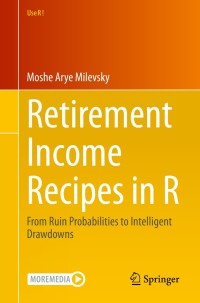Question
From Cupp et al. (1995)1: Previous studies suggest that prostate cancer with a vol- ume of 0.5 ml. or less and a Gleason score of
-
From Cupp et al. (1995)1: Previous studies suggest that prostate cancer with a vol- ume of 0.5 ml. or less and a Gleason score of less than 7 may be clinically insignificant and may be managed with watchful waiting. Lets address the question: what is the probability that a man in our population has a cancer that is clinically insignificant and may be managed without surgery? This is somewhat relevant here, because all of these men were awaiting surgery.
Our data has variables lcavol representing the log-volume of the cancer and gleason representing the Gleason score.
(a) First, create a binary variable that distinguishes men on the basis of having vol- ume of 0.5 ml. or less and a Gleason score of less than 7. The code below can do this and prints out the first 6 observations so that we can see it is working2:
log (0.5) insig = ifelse(test=(pro$lcavol<=log(0.5) & pro$gleason<7), yes=1, no=0) head(cbind(pro$lcavol , pro$gleason , insig ))
(b) Find a 95% confidence interval for the probability of this event. Report the code and output. Write an interpretation only the Wilson interval.
(c) Next, address the question of whether clinically insignificant cancer is equally likely in both older ( 65) and younger men in this population. Compute the 95% Agresti-Caffo interval for the difference in probabilities between older and younger men. Report the code and output, and write an interpretation statement. Looking at the statement, answer the question that this calculation is trying to address.
Step by Step Solution
There are 3 Steps involved in it
Step: 1

Get Instant Access to Expert-Tailored Solutions
See step-by-step solutions with expert insights and AI powered tools for academic success
Step: 2

Step: 3

Ace Your Homework with AI
Get the answers you need in no time with our AI-driven, step-by-step assistance
Get Started


